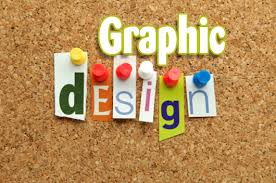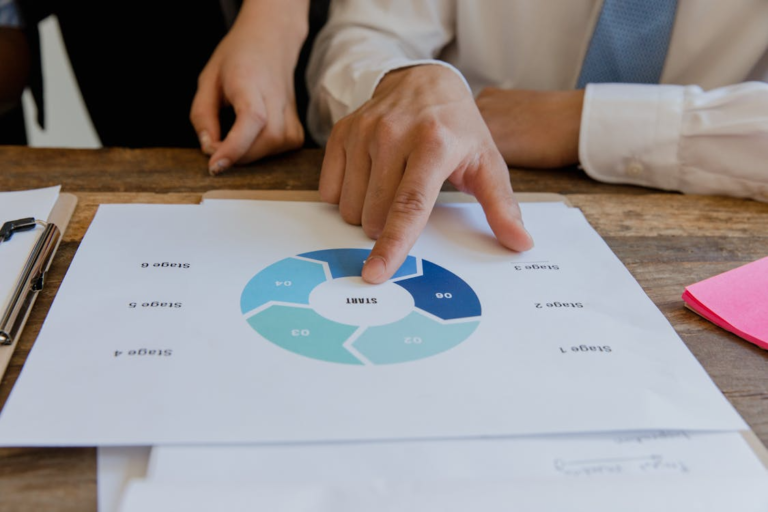
- What motivates you, your strengths, and weaknesses.
- Your work: its nature, style, and variety
- The Job Market: companies, design offices, and the wide variety of other businesses that employ graphic designers.
Then you can get ready to present yourself and your work in a portfolio.
Create a portfolio
Select your best work—the work you want to discuss. Keep in mind that people remember what is first or last in a sequence.
If your uni provides courses or sessions for assembling a portfolio and marketing yourself; take advantage of them. Show your portfolio to teachers and attend any portfolio reviews organized by local design companies. Listen to feedback and identify special interests or characteristics that you bring to the work situation as well as what you would like to learn on your first job.
CV
This document can be especially important to a design applicant. Your CV deserves careful typographic design that reflects your skills and ability.
It is also a good idea to design and print stationery and business cards for yourself. They are another way of making an individual design statement. .
Where would you like to work?
Identify the design offices, companies, or recruitment consultants who can help and use contacts from your university like recent grads and call them. Looking for a job is a serious networking activity. This may be the first time you network, but it won’t be the last.
Getting an Interview
Employers often prefer to receive a cover letter and CV before committing to an interview. If possible, use the letter to establish your interest relative to a particular job opening or to the companies’ specialty.
Follow up with a call and remember the person you are contacting will be busy, so don’t be easily discouraged.
In The Interview
The first interview is always the most stressful so try to relax. Remember to breathe. Ask questions – be interested in them; then explain how you can fit in. Be attuned to the interviewer’s verbal responses and body language. An interview, when it really works, is a conversation between people who are sharing information and finding common ground.
After any interview a follow-up note of thanks will be appreciated and is a way to help interviewers remember you.
You got the Job!!!!
When you are offered a job, you may be taken by surprise and neglect to negotiate. Employers will respect you taking time to consider the conditions of employment.
RESEARCH: This is your chance to establish your market value. Figure out what it takes to live reasonably in the city under consideration, and don’t forget your educational loans. Try to find out what entry-level design salaries are. Remember, in addition to money, other things are negotiable, such as health benefits, paid holiday, unpaid leave, start date or flexible hours. .
Finally…
Finding your first design job means matching your creativity and skill with a companies’ real needs. It is also a valuable learning experience. Your next job search—whether it occurs soon or well down the track—will be easier!
Good luck!




